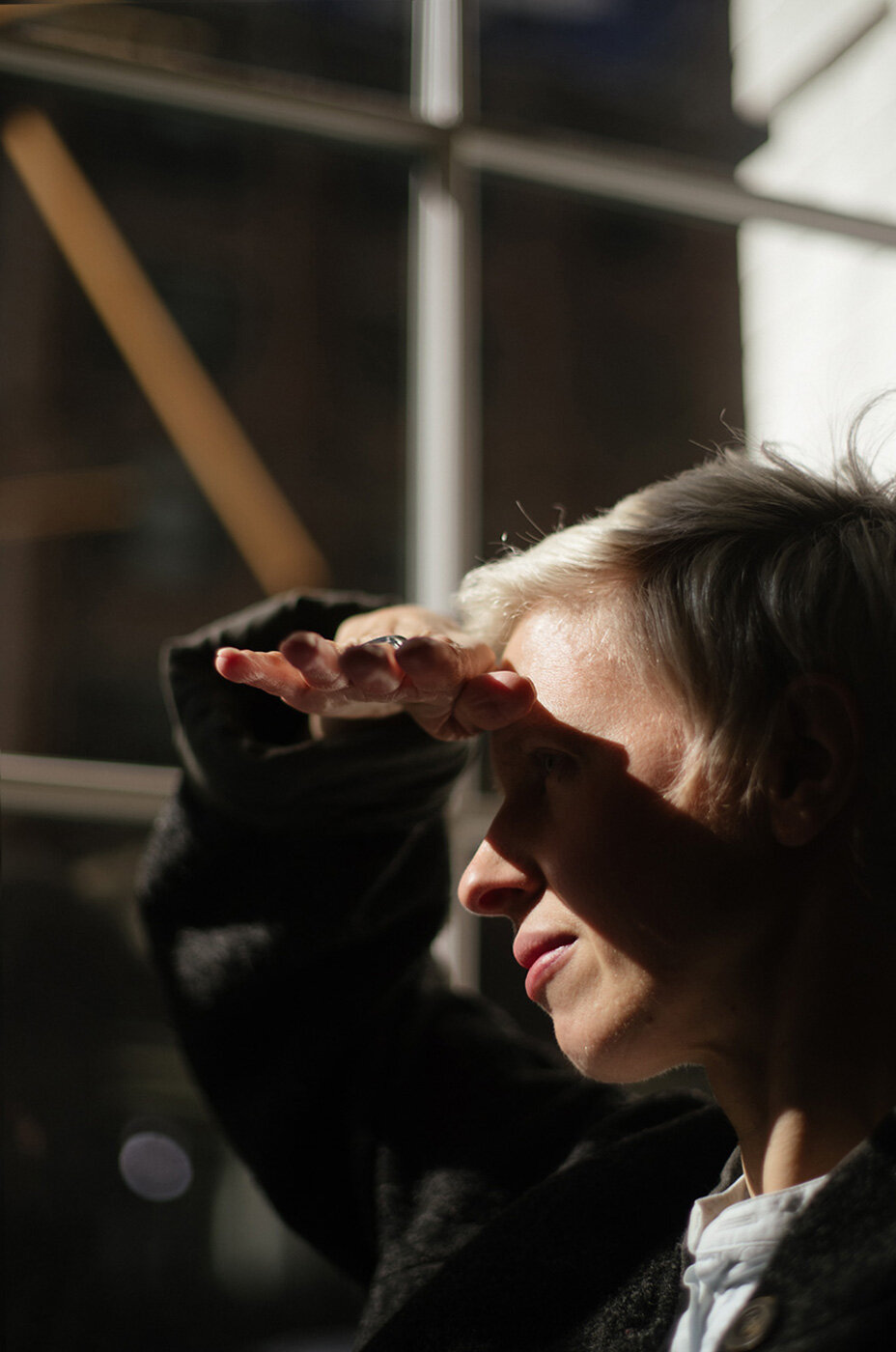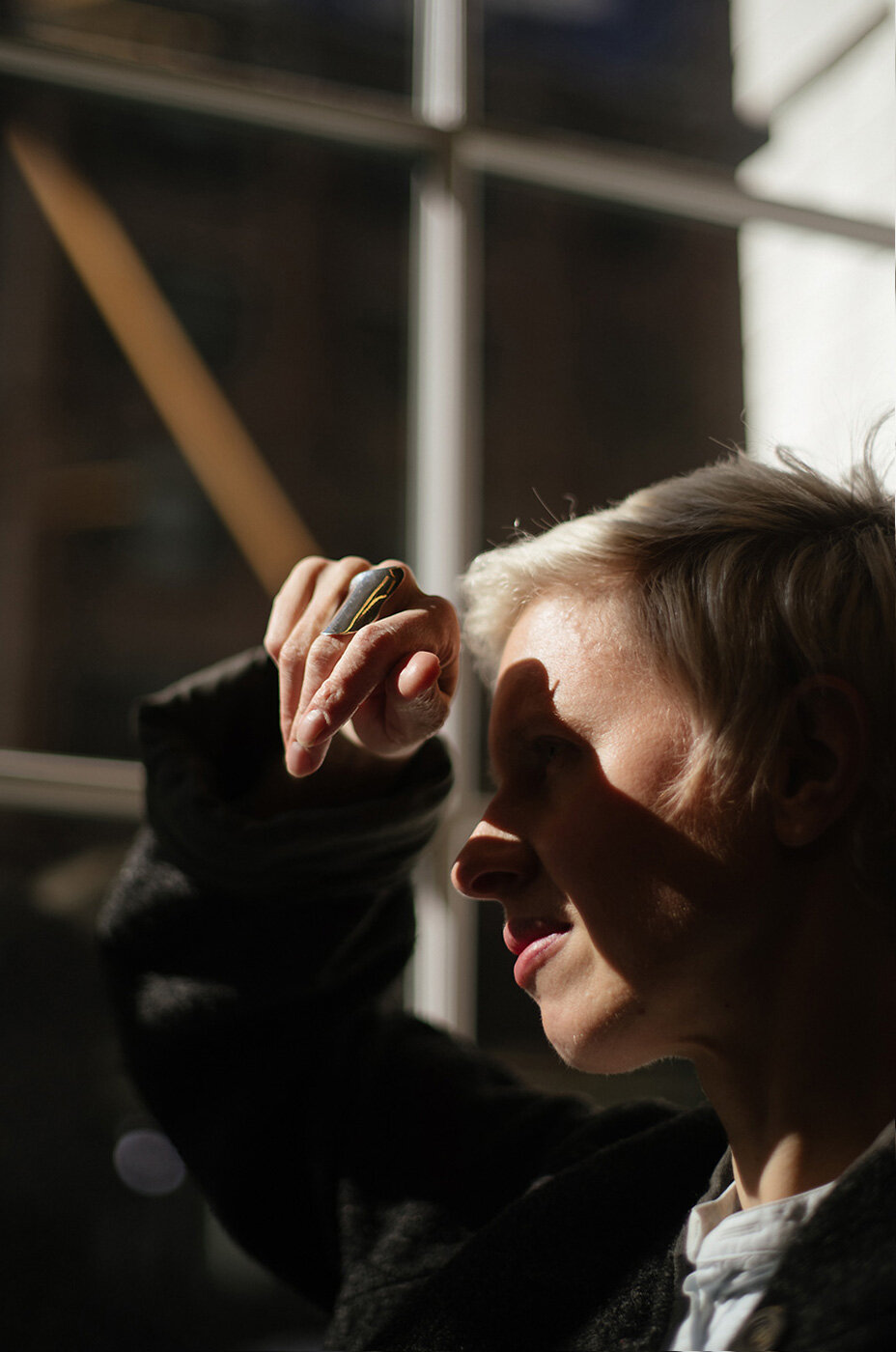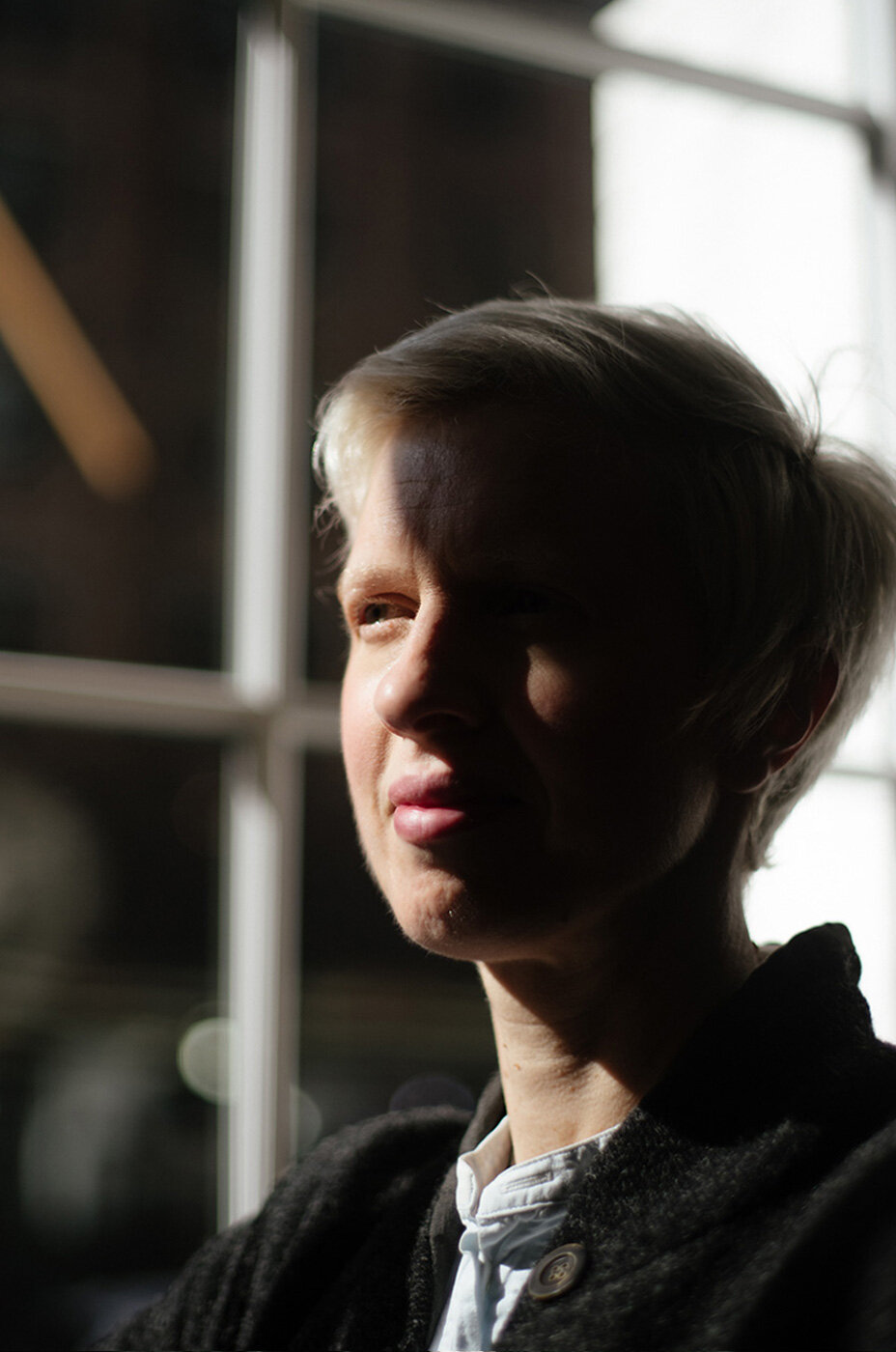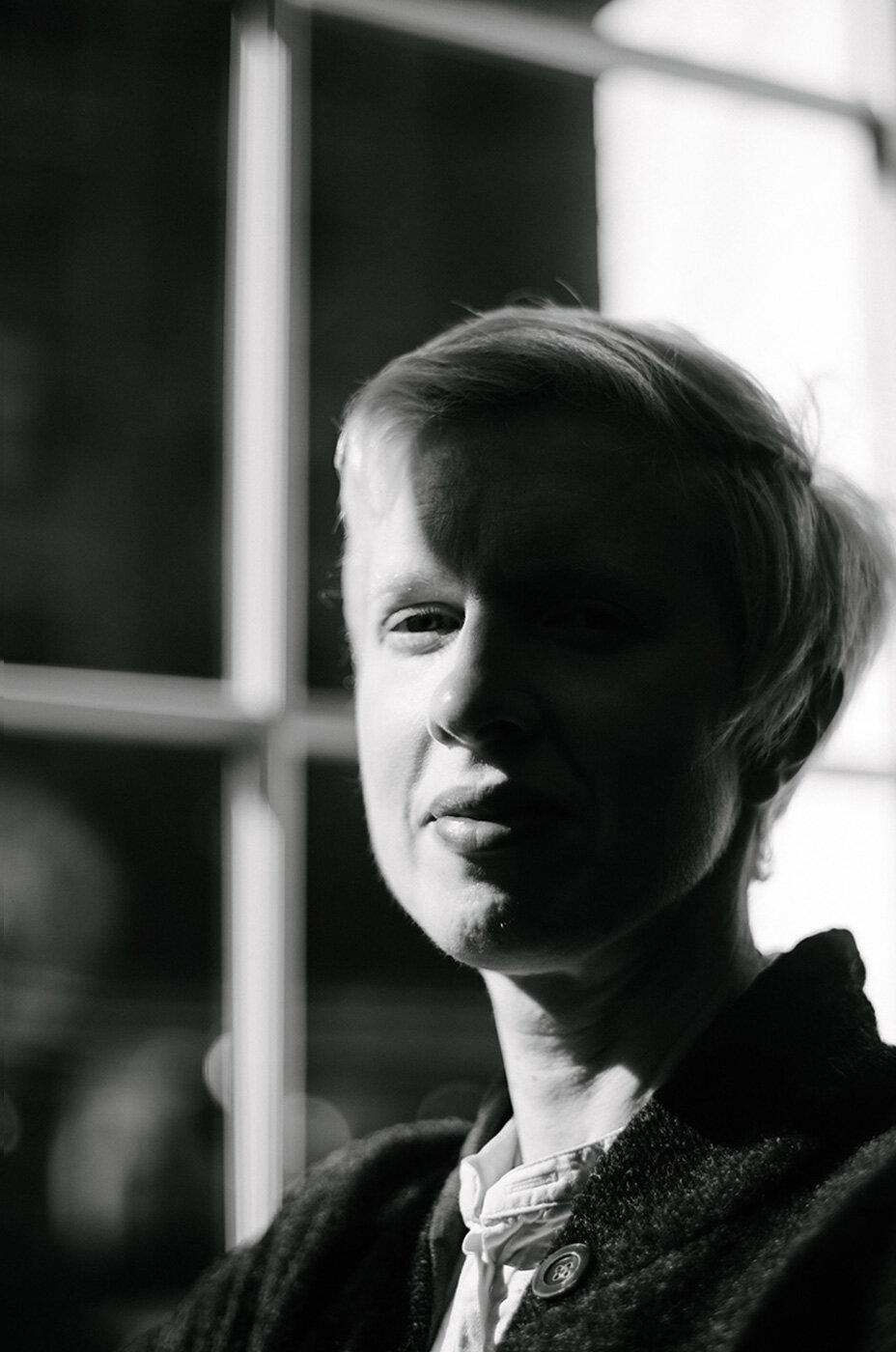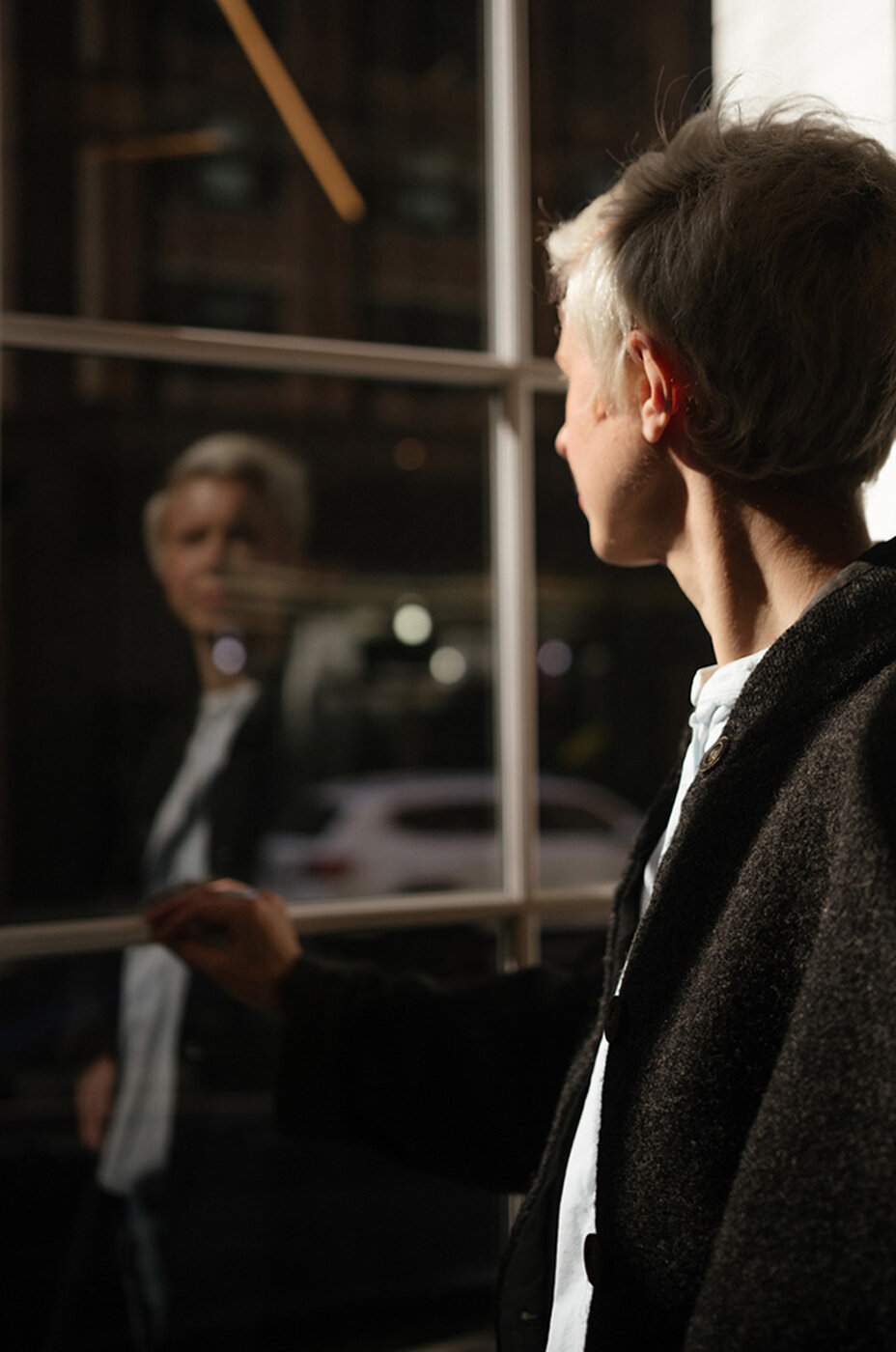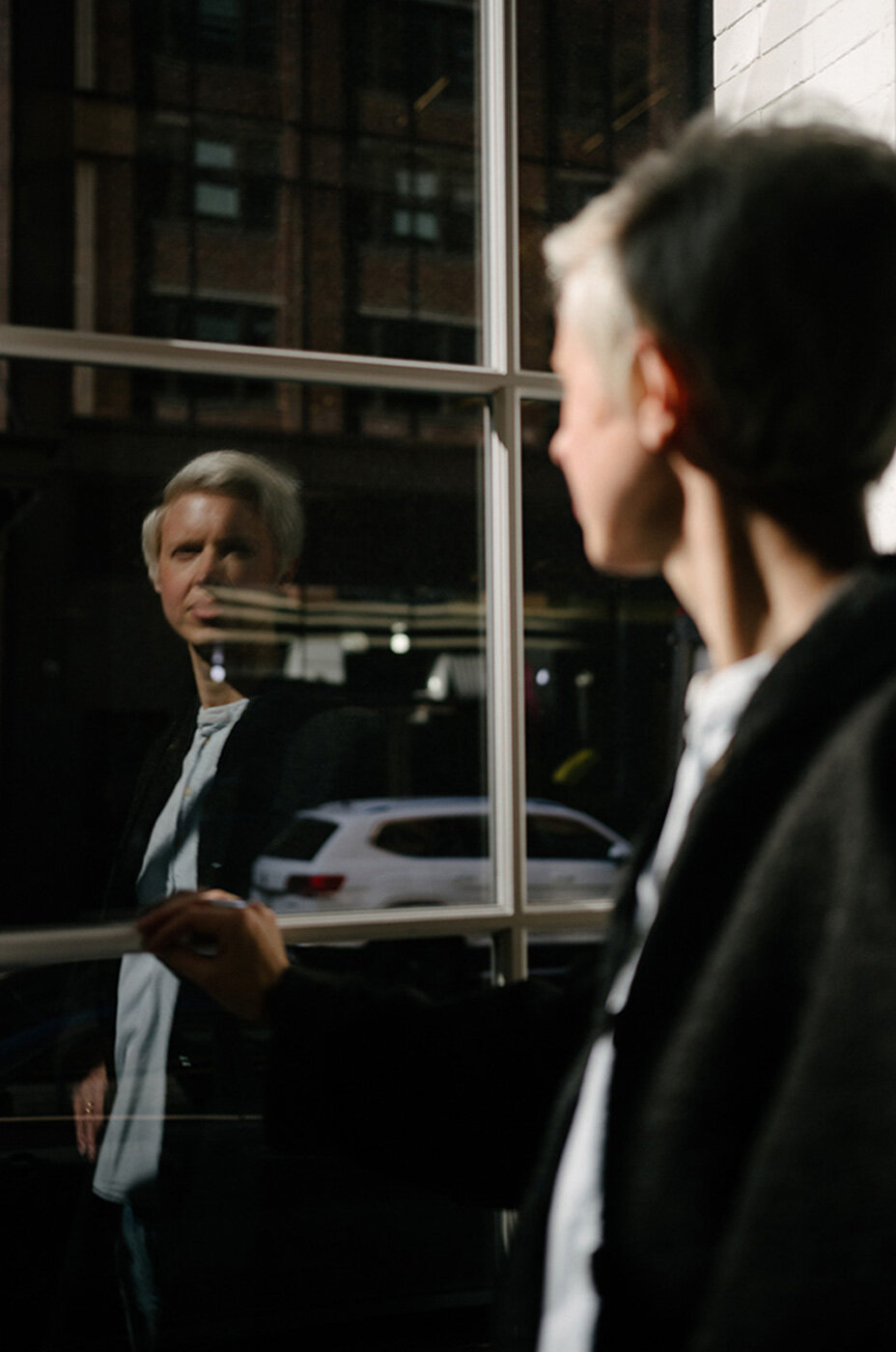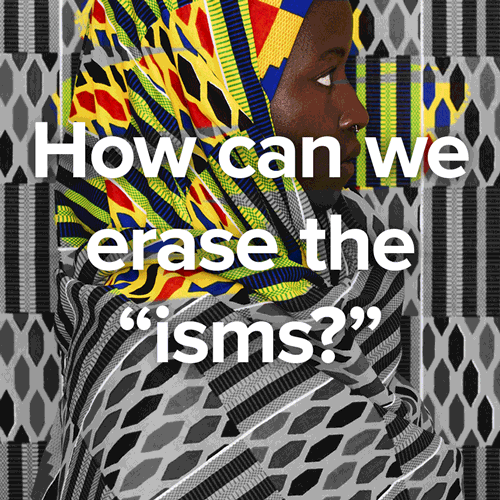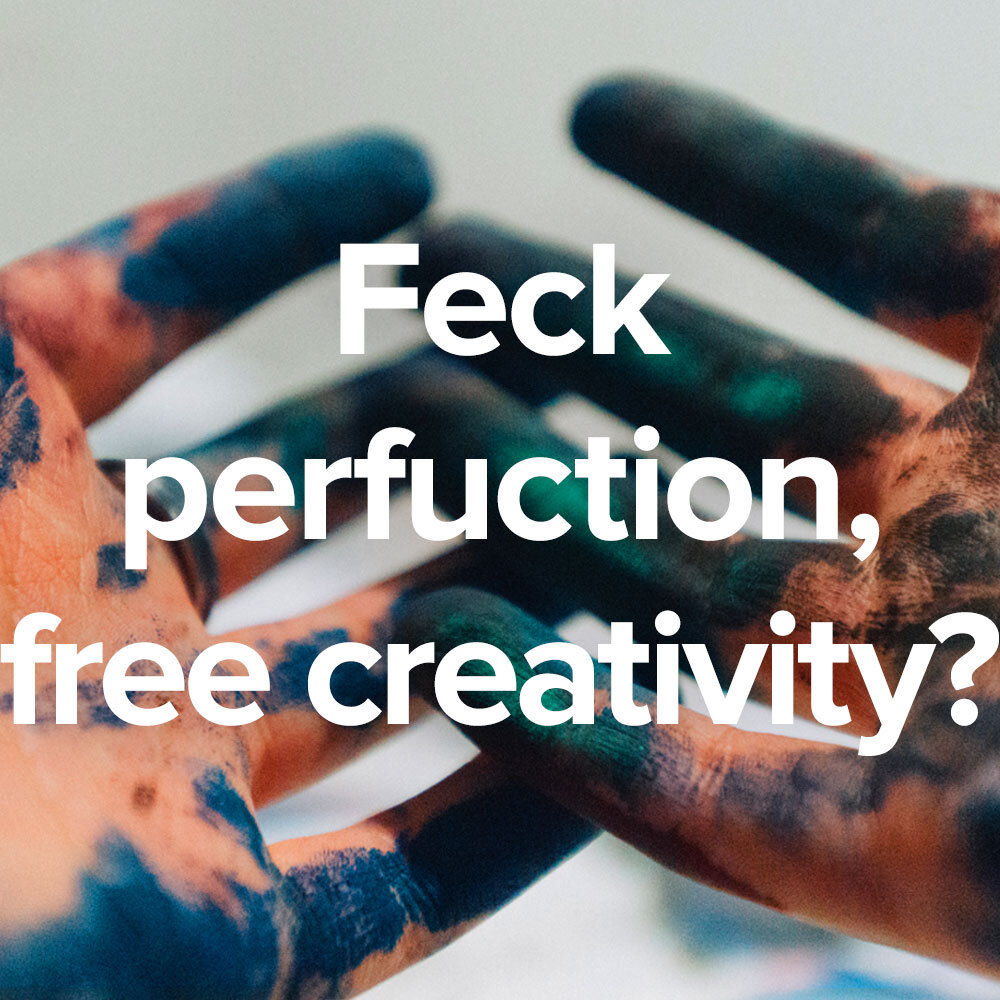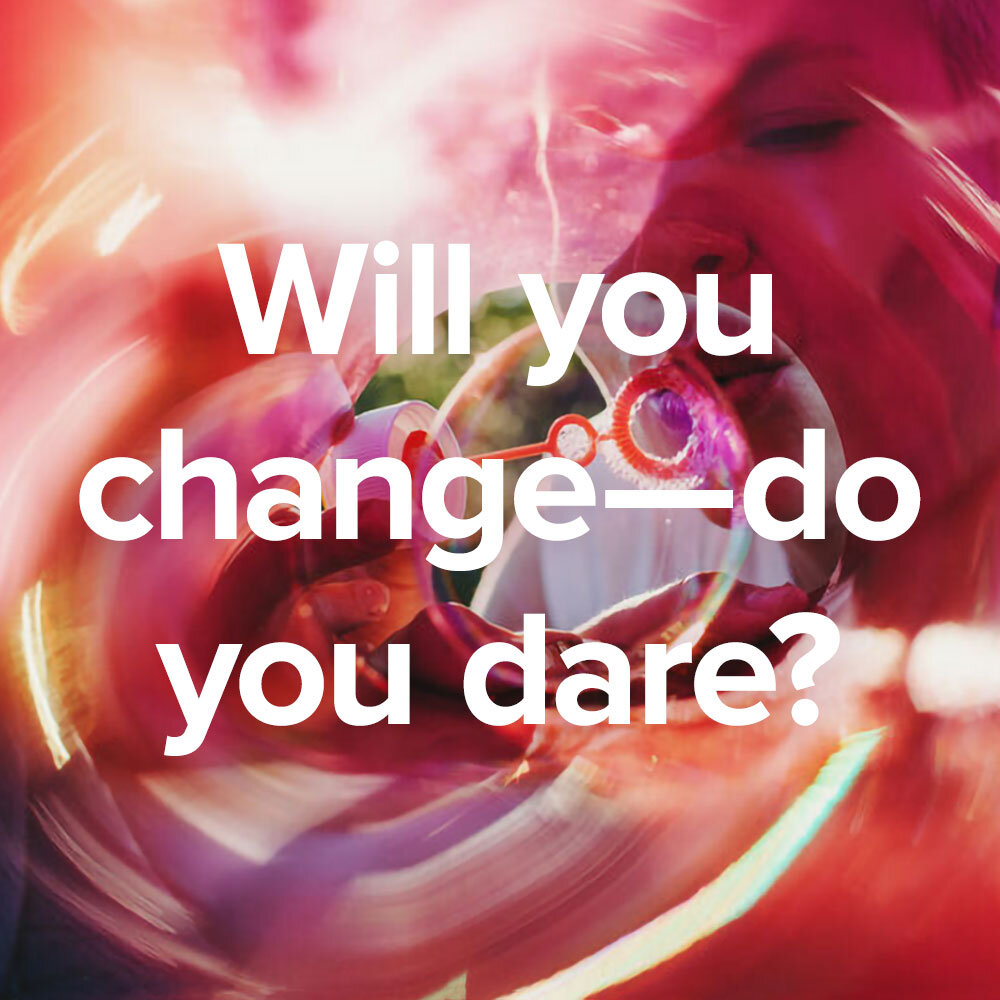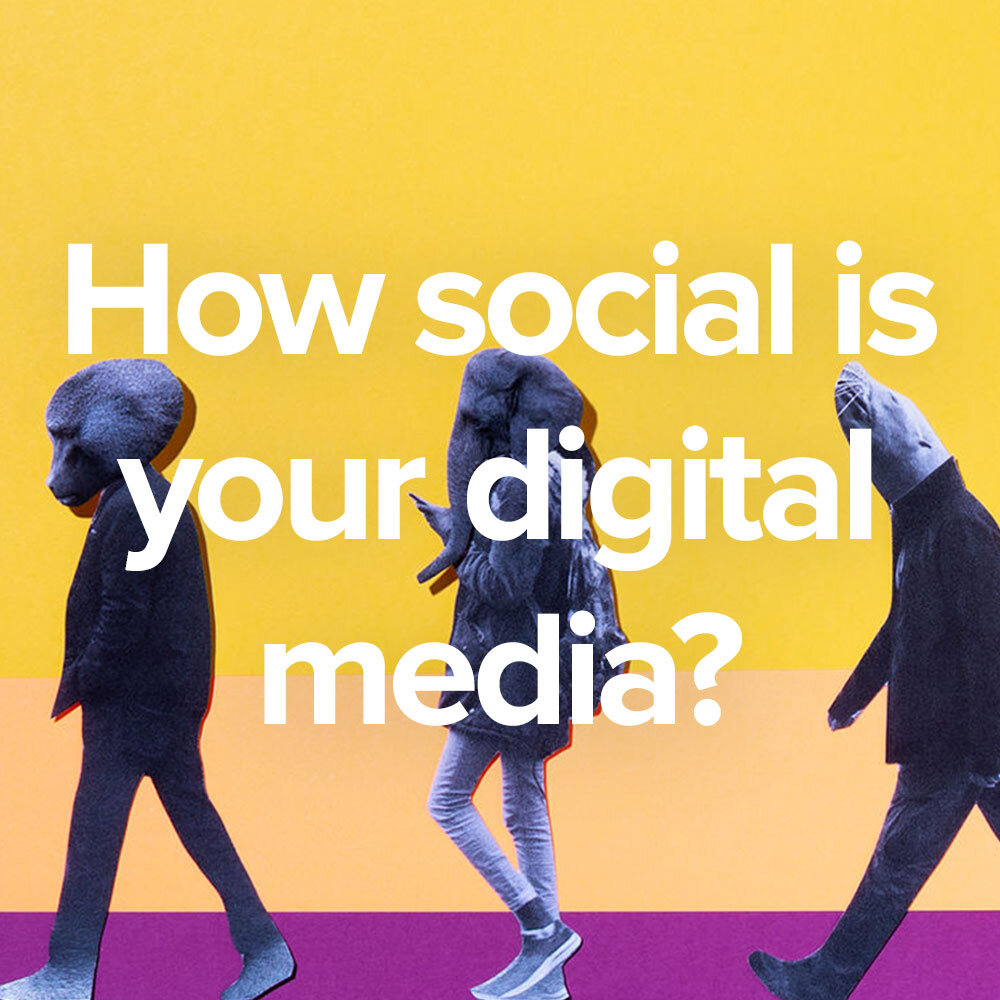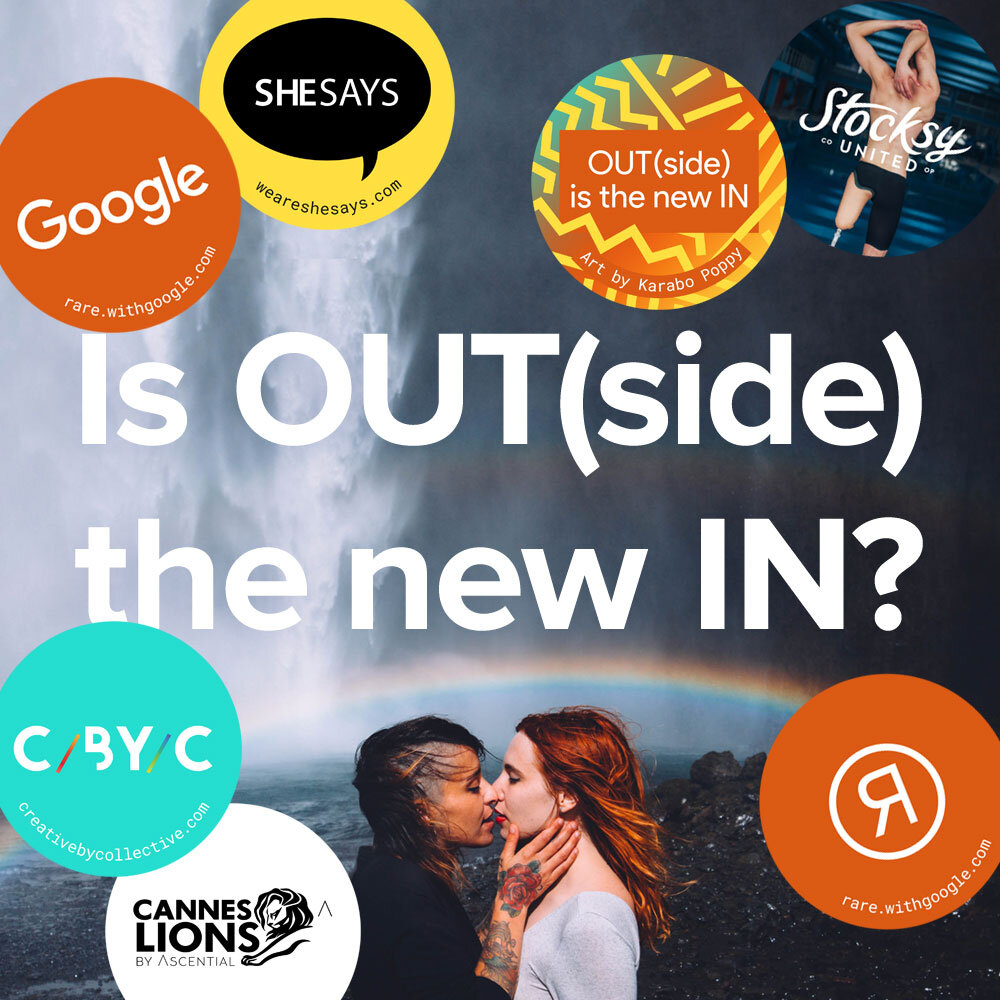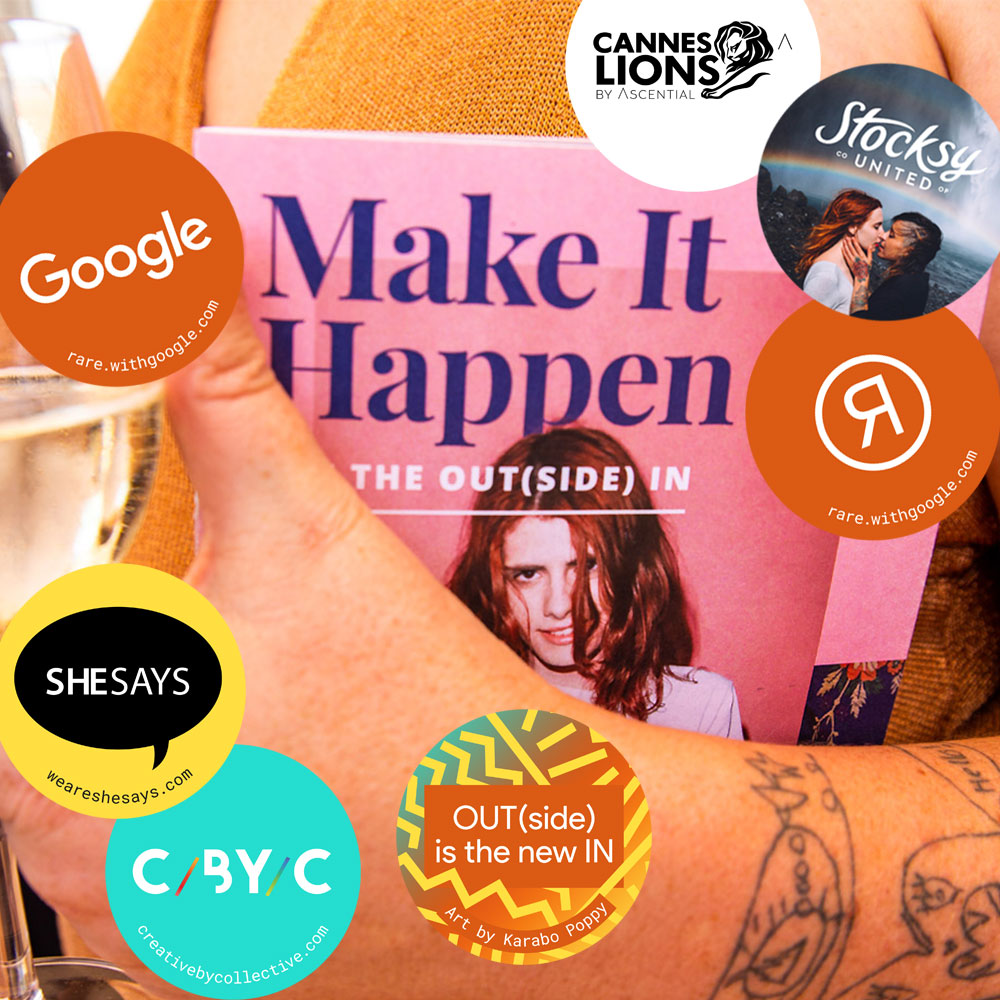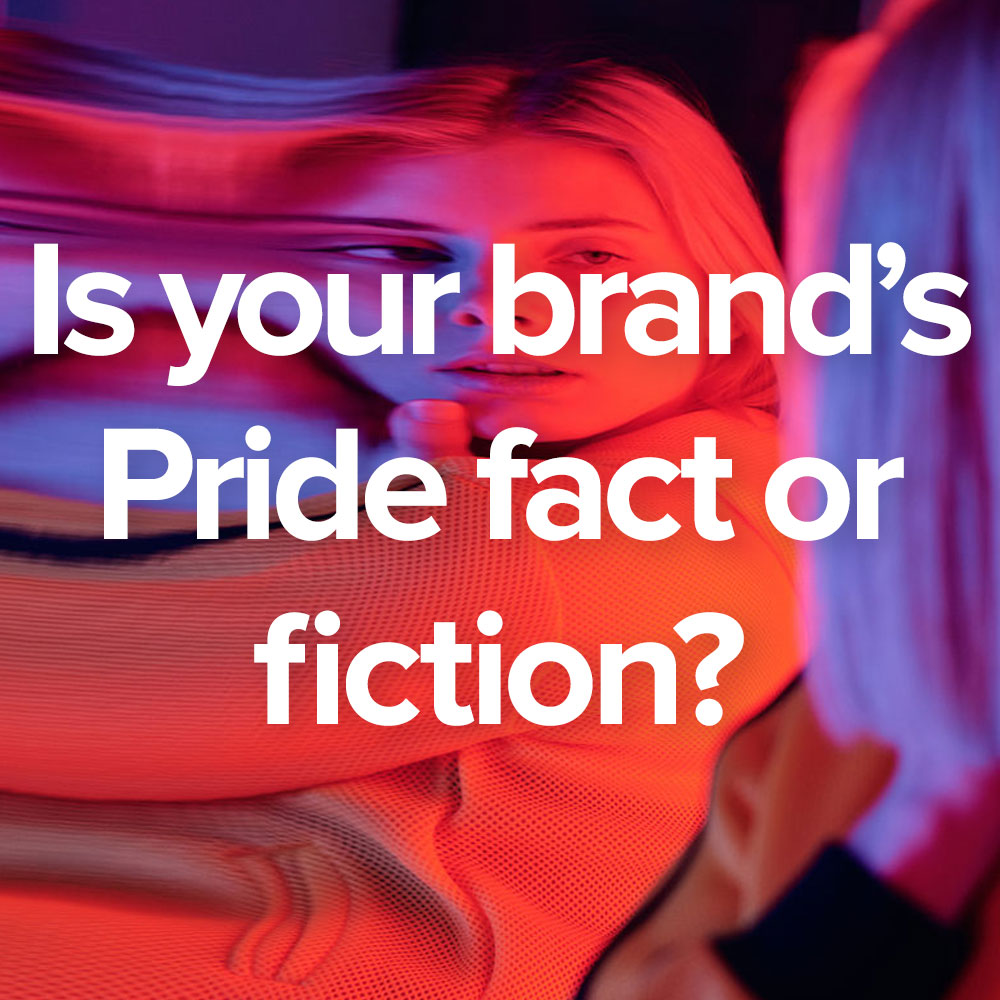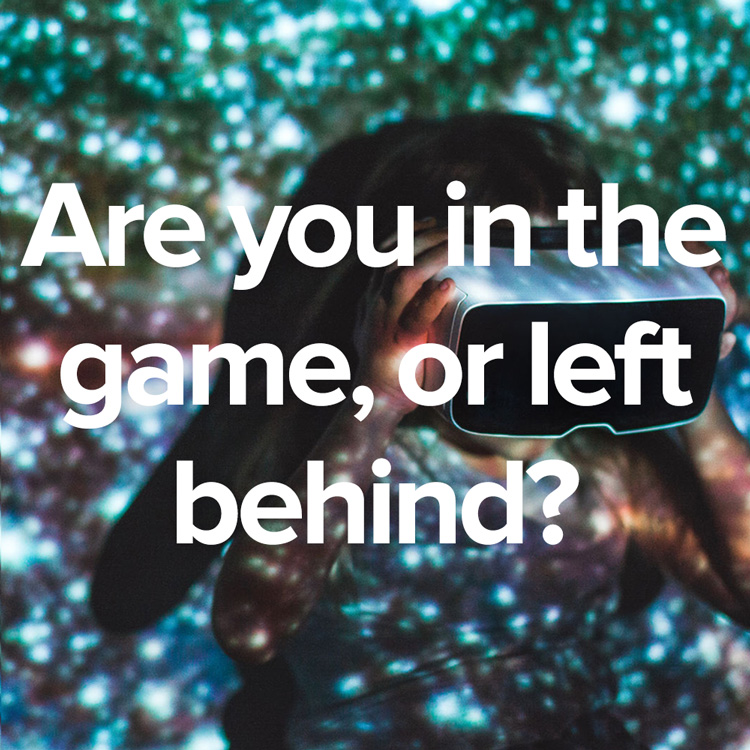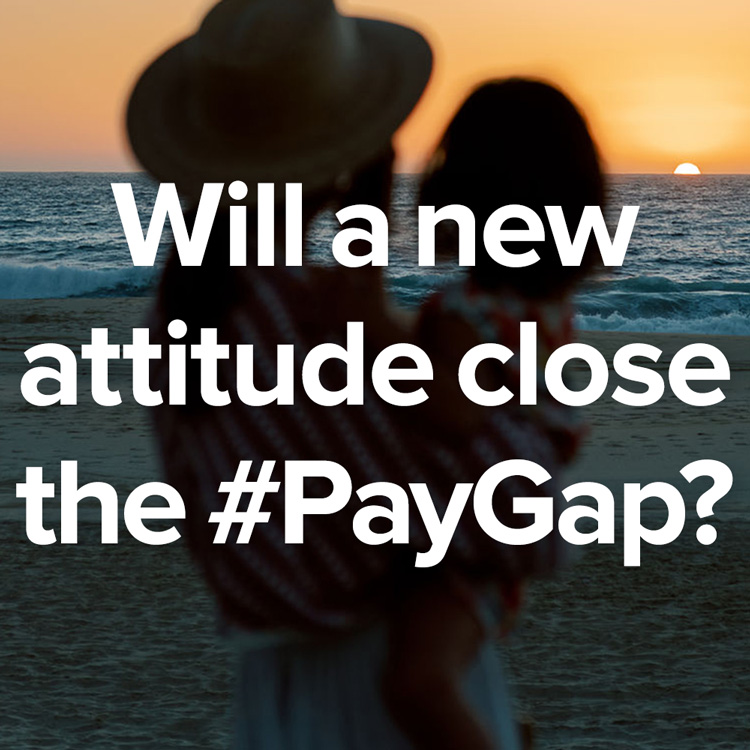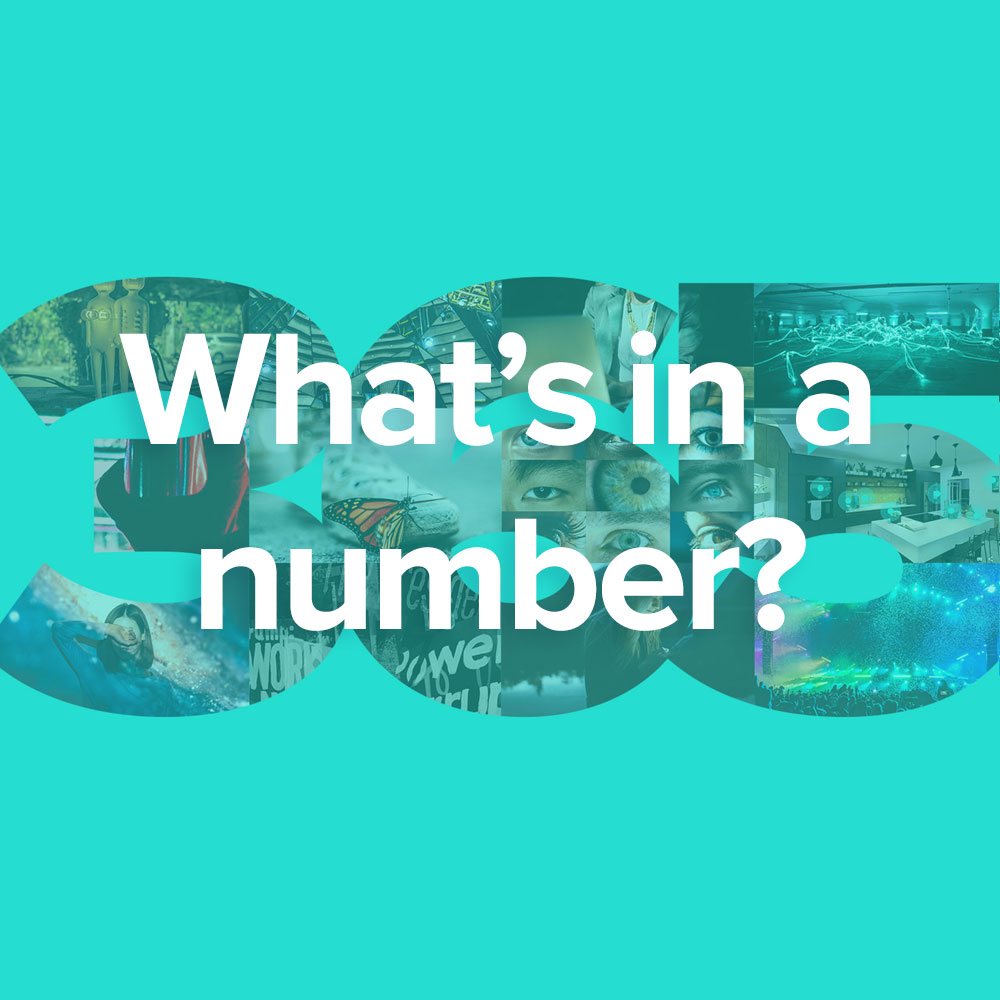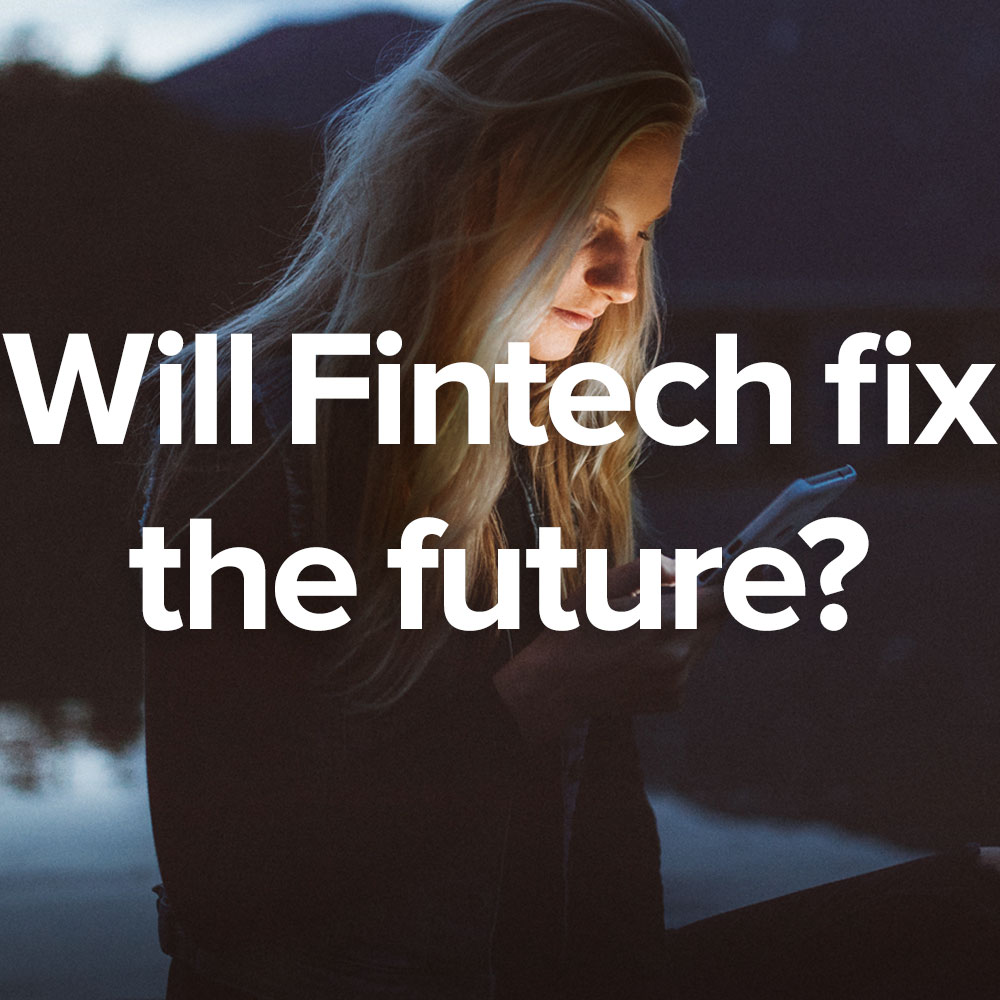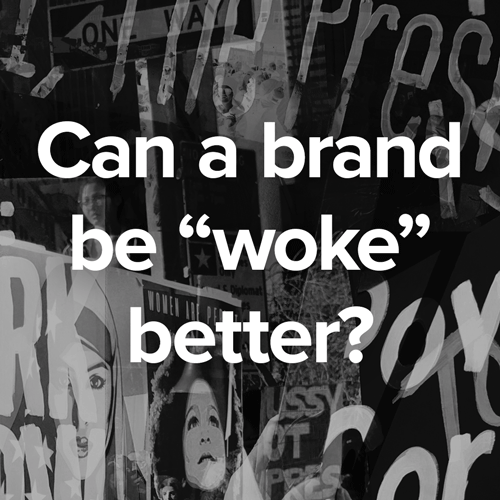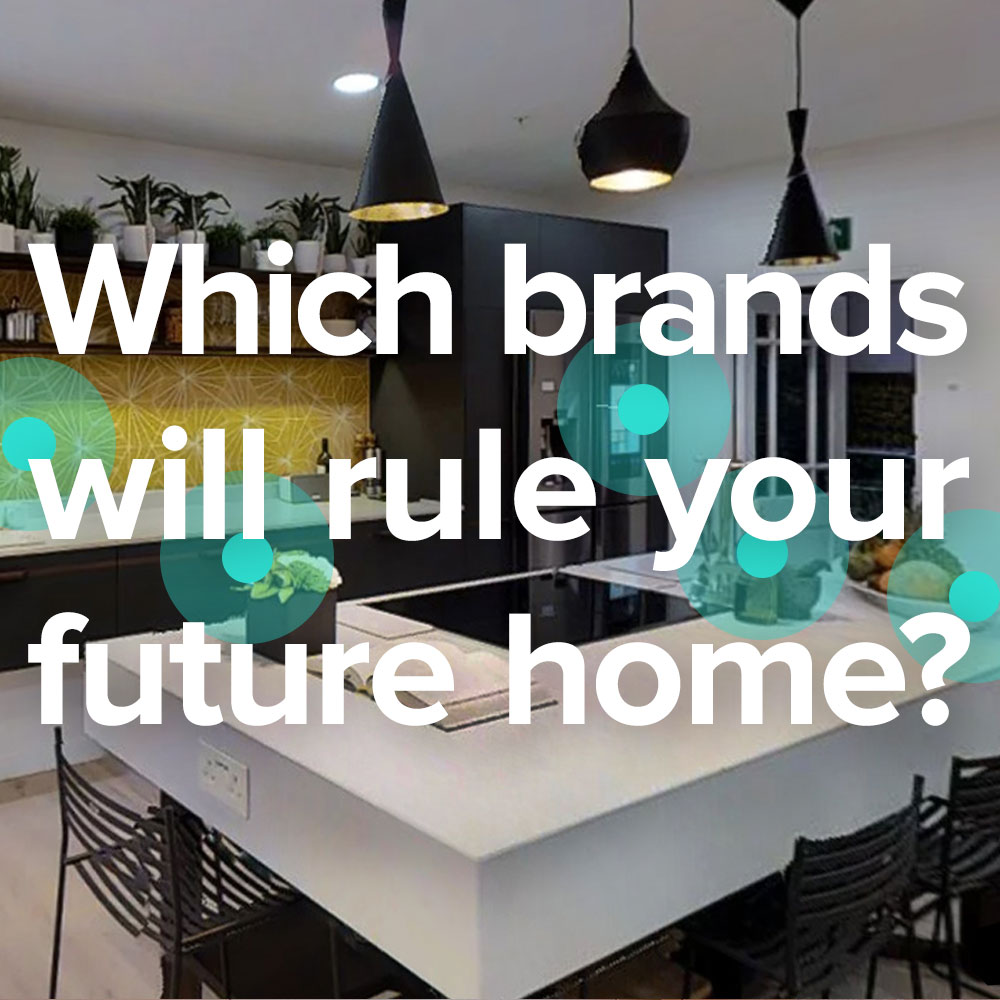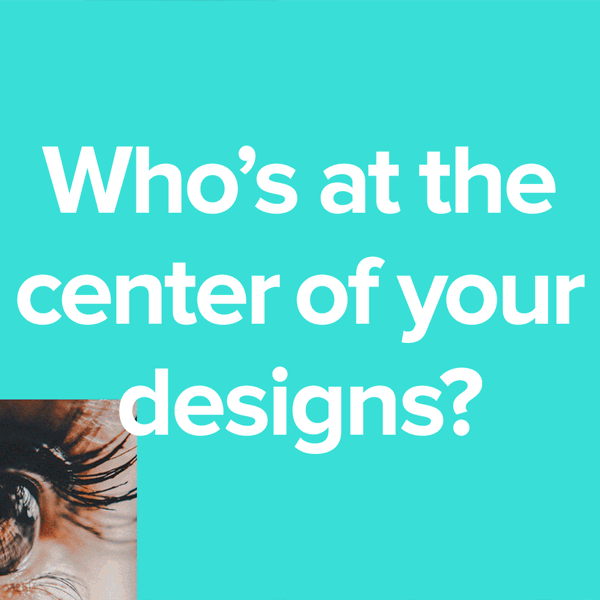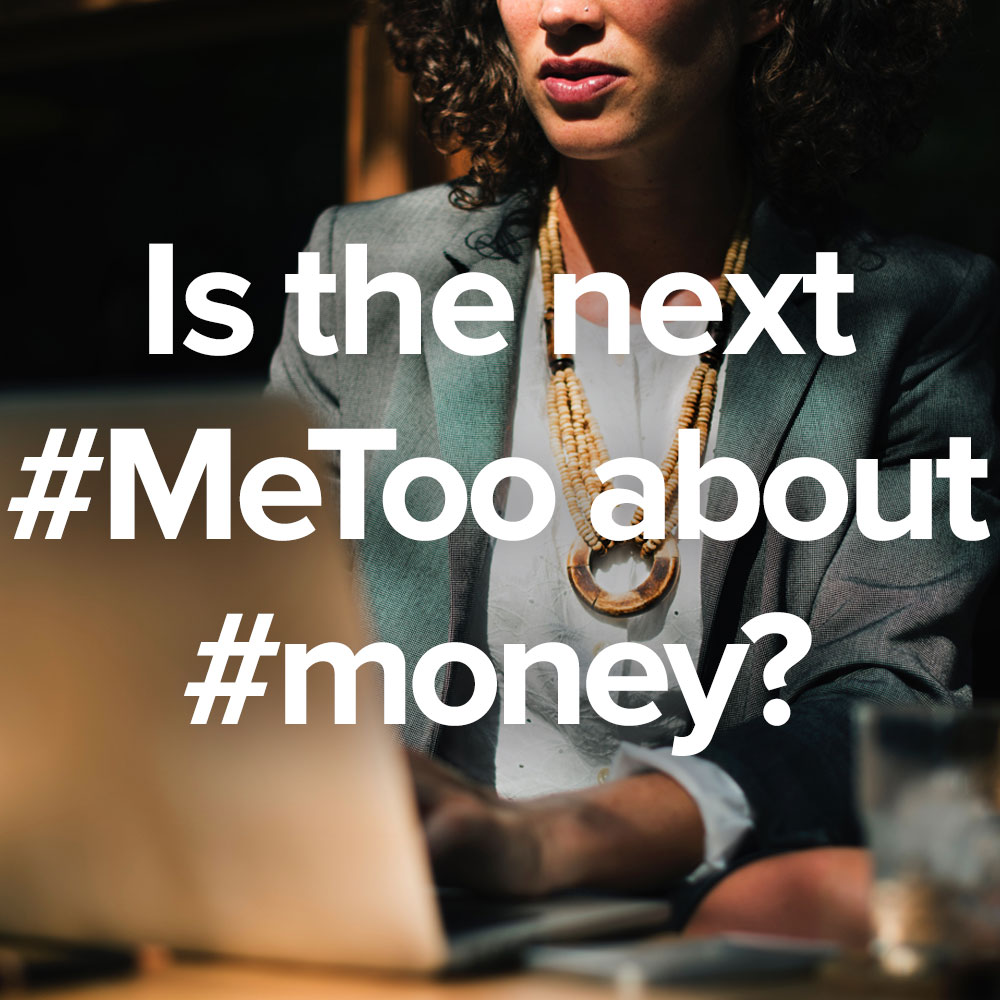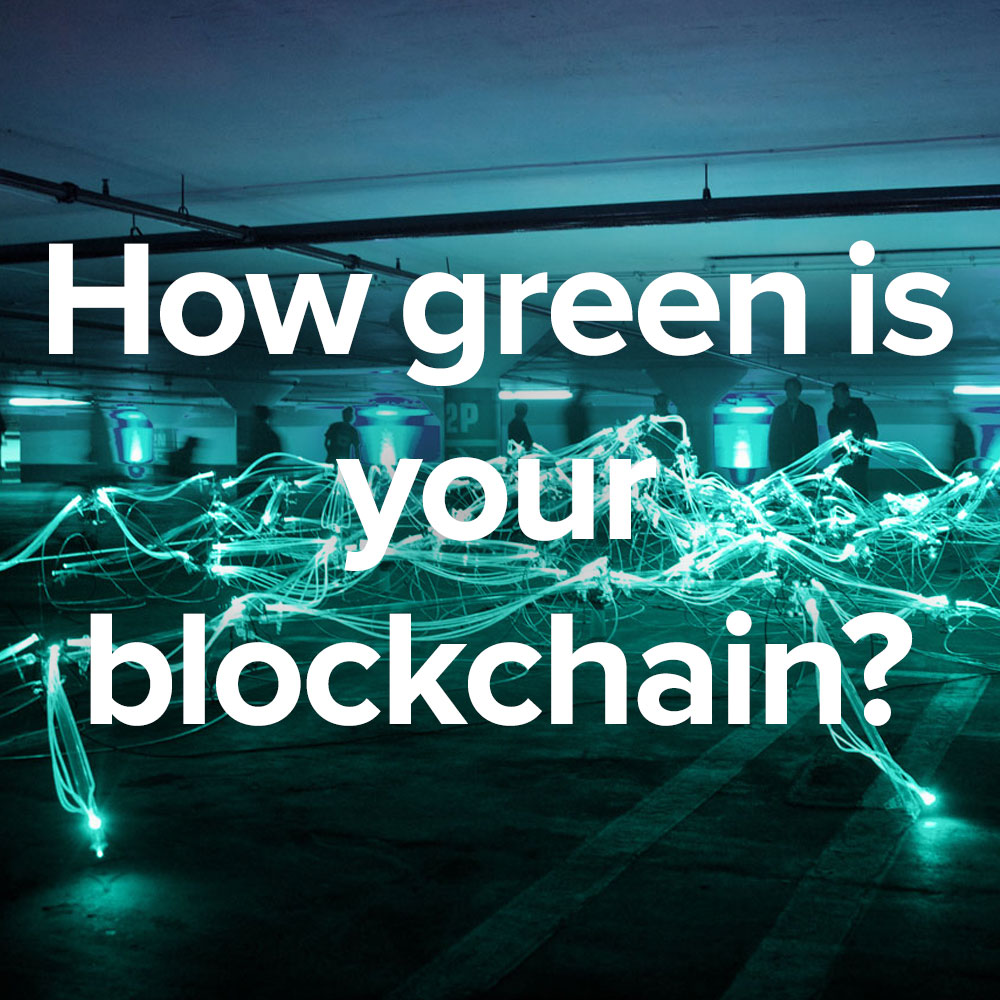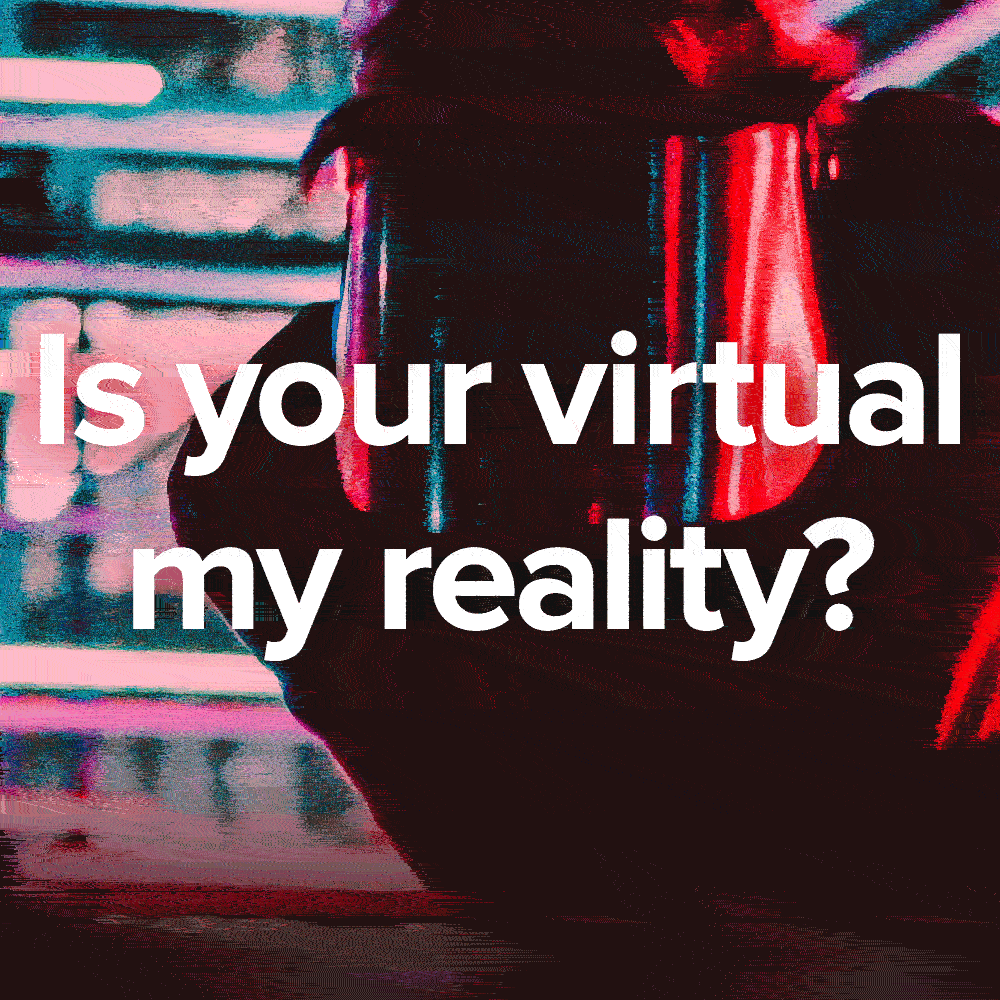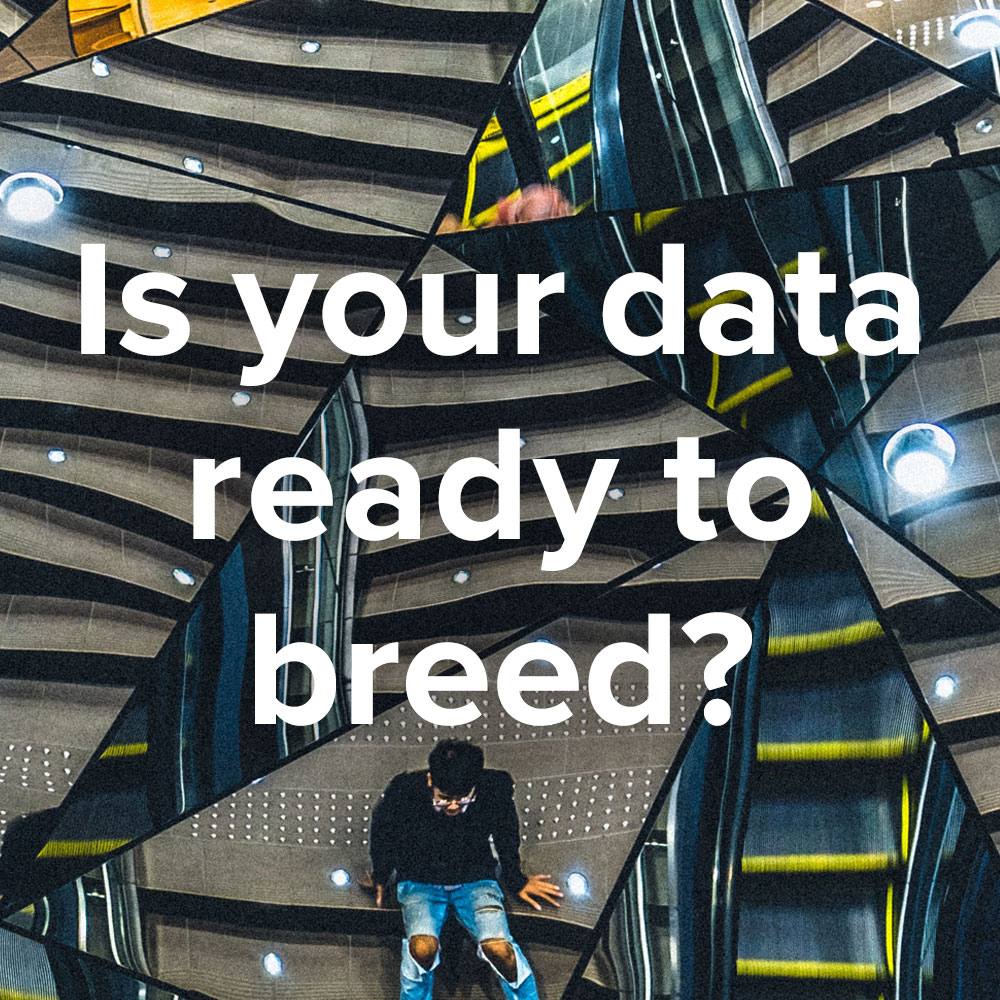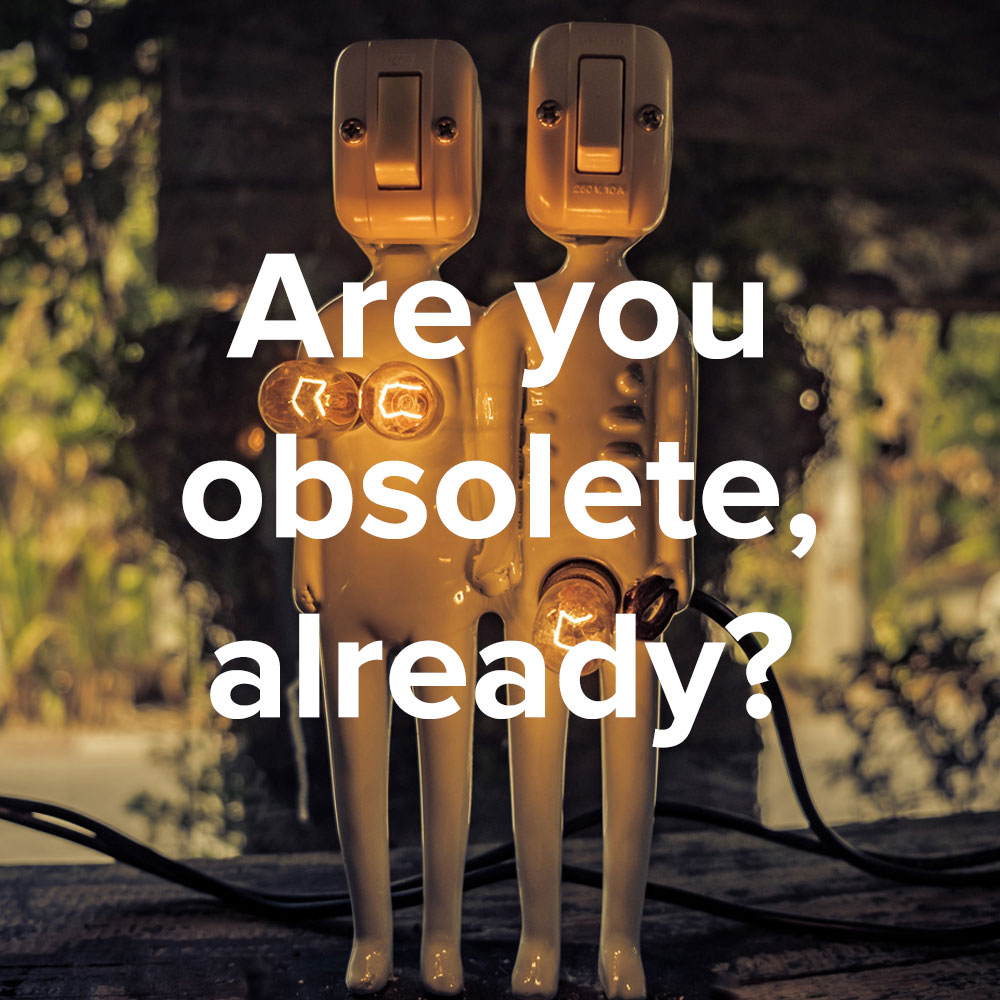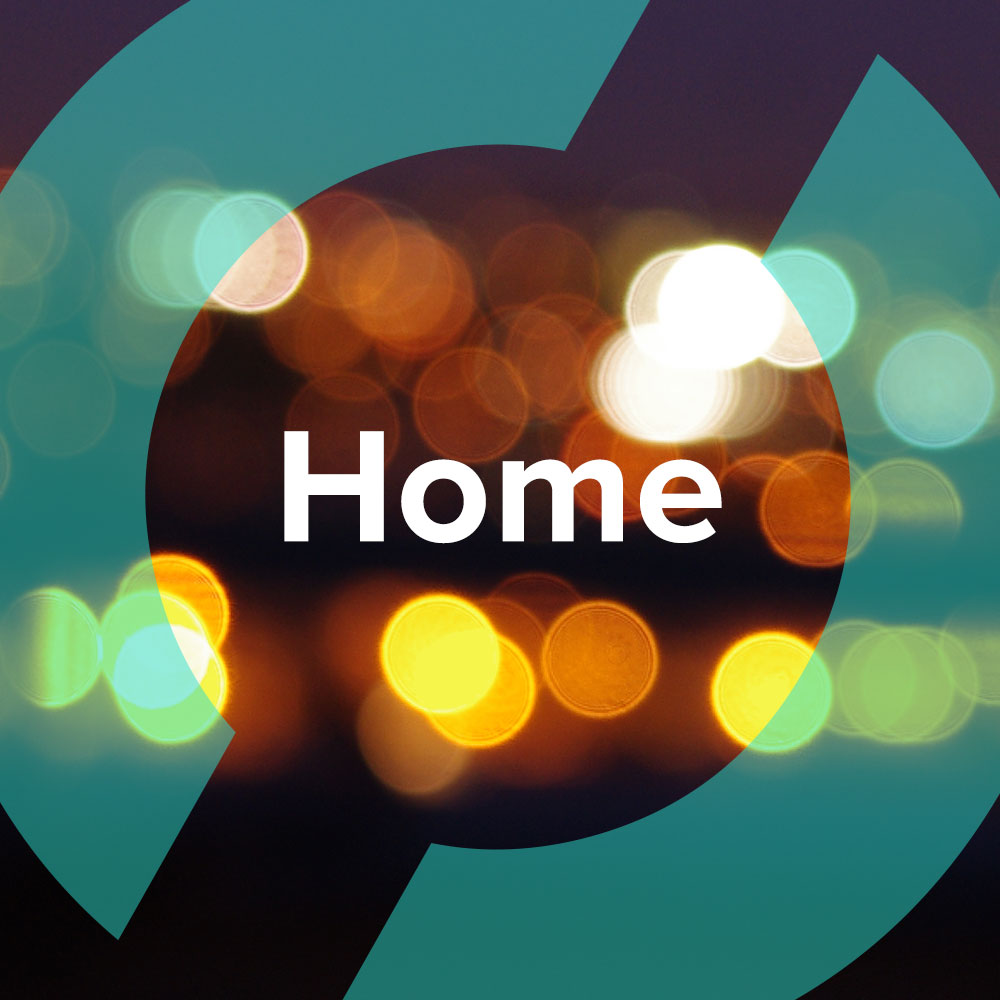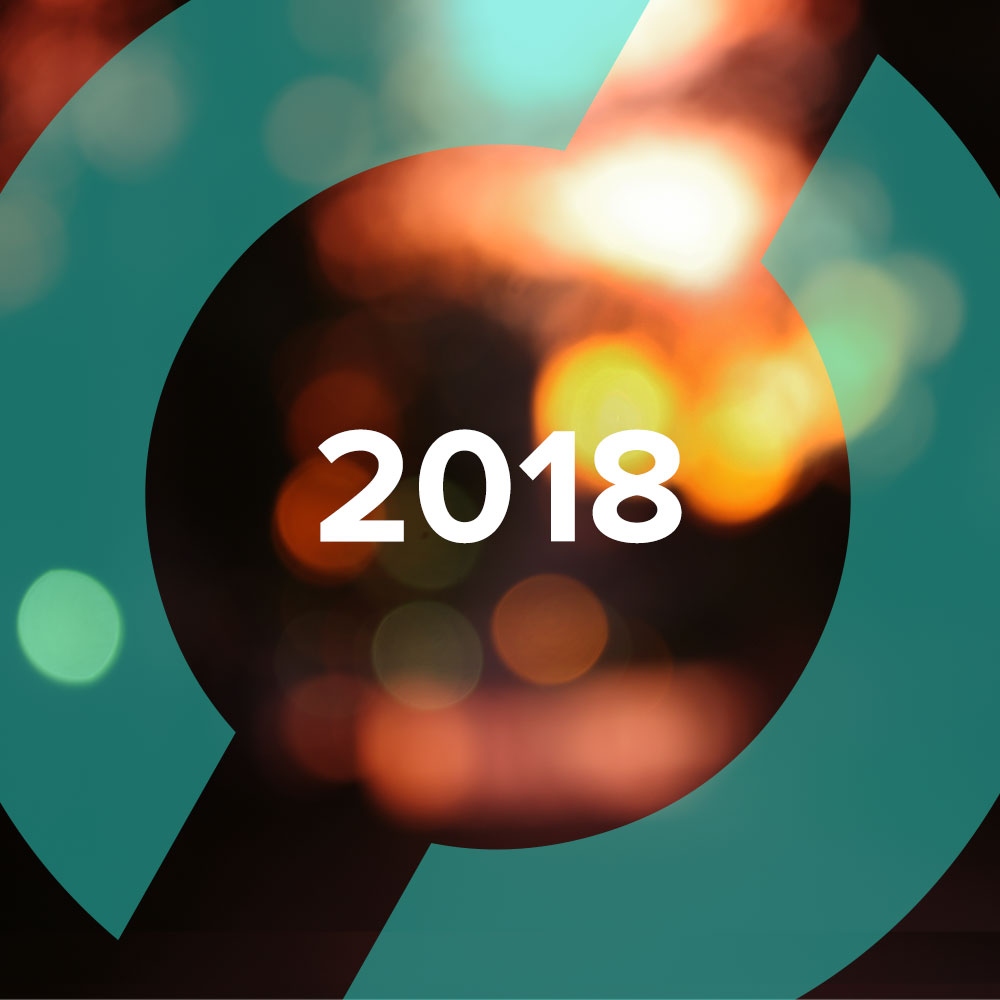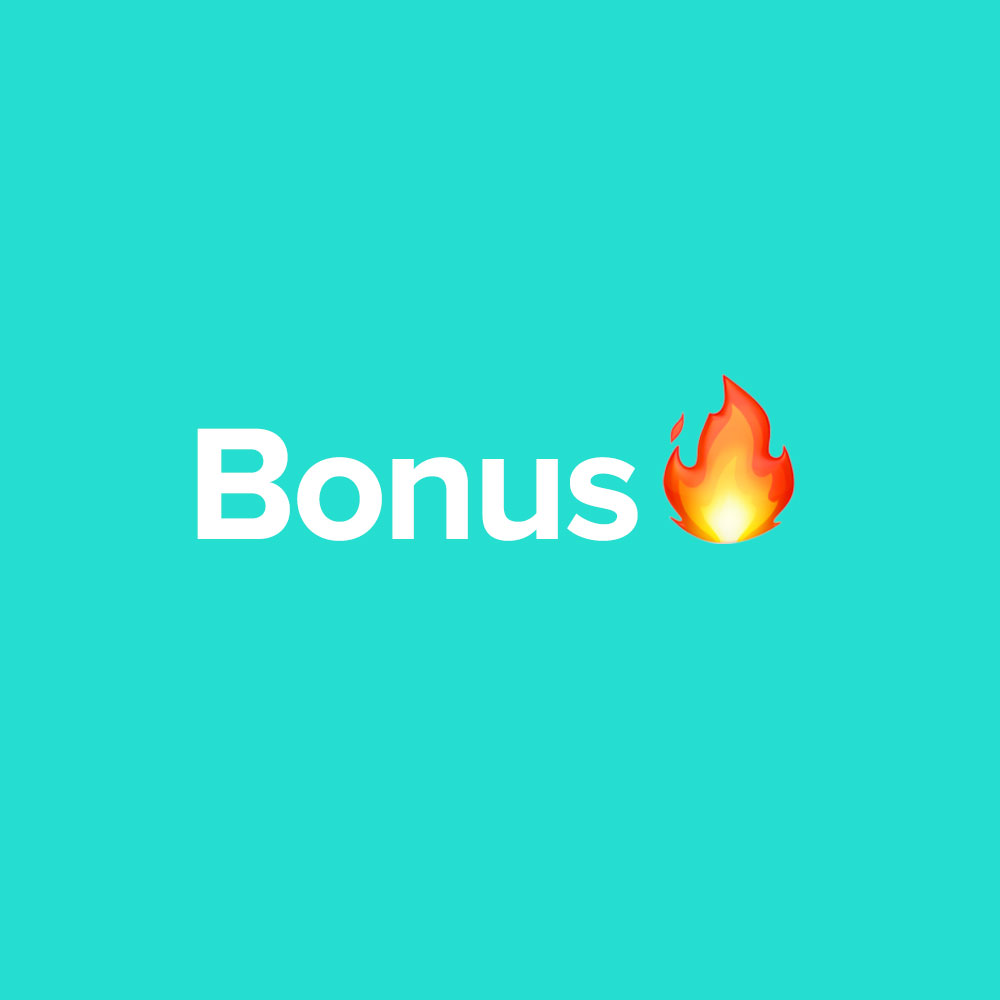“_________”
Sarah on Strategic Vision 2020.
We live in this world where every single person gets a different campaign. Everybody experiences a different sort of brand, everything’s optimized to our own algorithm. And what actually happens is that we don’t get a sense of these brands, and these experiences out in the world, and how they live, and how they impact culture. You’ve got to feel it. You’ve got to feel their presence and what makes them different.
— Sarah Watson
Chairman, Global Chief Strategy Officer at BBH NY and AdWeek Contributor
— In an apartment, space must be shared. As I write this, my wife’s nearby, binge-watching The Good Place. I put on my headphones and start running through a catalog of early Stones on Spotify. Eventually I settle on the 50th (!) anniversary edition of Let It Bleed (is remastering sort of like getting a do-over? I have a few things I’d like to remaster, if that’s the case). The last cut is on now, “You Can’t Always Get What You Want,” with its legendary kicker: “but if you try sometimes, well, you just might find, you get what you need.”
Where “want” and “need” collide is the topic of our time. It’s an epic struggle, the forces of tradition, the keepers of the flame, doing everything possible to keep change at bay. Youth, in particular, but not solely, making the opposite case, that change is a matter of life-and-death, that a life is only really worth living if it’s true to oneself and on one’s own terms. You see it in Hong Kong, you see it in Europe, you see it in America. For many, “need” and “want” have merged, they are one thing, and compromise—settling, going along to get along—is not in the air.
As global chief strategy officer of agency Bartle Bogle Hegarty and chair of its New York office, British-born Sarah Watson is watching change go down from a platform that exists between customers and brands, facilitating bridges—but not compromises—where she can. For her, change can’t arrive soon enough, especially when it comes to inequality, a topic she’s very familiar with as one of the few female leaders in a male-dominated industry (she recently spoke at the Women’s Entrepreneurship Day Summit in New York). She’s appreciative of the advances that have been made of late, and her “vision 2020” is optimistic, that it will be a more productive year for society, brands and advertising in general. Here's hoping she gets what she wants. And here at Creative by Collective, we hope that in 2020, dear reader, you get what you want, too.
A year from now, when we look back on marketing in 2020, what will we have seen?
Sarah — I think there’s going to be a big swing back to the use of really old-school, rigorous, qualitative research techniques. The whole generation of marketers in the last 15 years haven’t really opened their minds to the use of full-on, rigorous, robust qualitative research. And it feels like people are starting to really get dissatisfied with the skinniness of data insights. You can feel a new thirst to get back into actual human beings talking about actual—electrical—human things that you just could never ask in the data (OT team: also read our excellent interview with Chi Ryan on human-centered design).
“It feels like people are starting to really get dissatisfied with the skinniness of data insights. You can feel a new thirst to get back into actual human beings talking about actual—electrical—human things that you just could never ask in the data.”
I’m fascinated with the use of technology to get a better grip on, of all things, feelings.
Right. The other thing we’re observing is that when we’re out researching in the marketplace, there’s a whole new generation of consumers who respond to questions in a whole new way. So when I first joined the industry, 20-odd years ago, you had to have all these ‘virgin’ respondents in focus groups, and you had to be very, very careful about how you broached subjects with them. They would only be asked and would answer very, very small questions. Now you can do things like get them to put on a Snapchat filter and project themselves into another world. You get these incredibly deep responses, because people are now used to expressing themselves. People are used to creating and sharing online. So this next level of insight is available to us as marketers. I think at the cutting edge, that’s one of the things that we’re going to see.
What trends do you see picking up steam in 2020?
I think we will see people looking for ways to check or conceal their privilege and their contribution to climate change. I’m thinking particularly now about things like frequent-flier loyalty programs, which demand a different sort of repositioning at this moment in time, because ultimately you’re badging yourself as a major contributor to the climate emergency. Look at the rise of normcore (unisex fashion trend), and then gorpcore (utilitarian, functional, outdoors-inspired gear), over the past decade, and how people really wanted to show that they weren’t part of the problem, and they weren’t fueling the beast of consumerism and buying new things (OT team: read our excellent interview with Tom Szaky on the Circular Economy). They wanted to signal in a big way that they’re rejecting all of that. And I feel that that’s sort of being at the cutting edge.
That will put increasing pressure on certain marketers.
As brands, we’re going to have to help people show that, and checking our privilege and also checking how we signal our environmental footprint as well.
There’s great risk for brands that get caught on the wrong side of the equation. Everything is so delicate now. It takes decades to build a reputation and, these days, maybe 10 minutes to knock it down. That tension for brands, it must be intense, and it sounds like your take on it is that it’s going to get even more so.
It is. But to your point about reputations building and then crumbling, I’m actually fascinated with the speed at which we can rehabilitate. I’m just observing what’s happening with Brexit and what’s happening with the election in the U.K. It was so painful for so long, and I couldn’t listen to it. No one would listen, everyone was bored, and everyone was worn out by it. And then it seems almost in a day, we’ve been dislodged, we’re unblocked, and we’ve moved into the future. There’s been a shift in the energy already. So something that was so toxic, and [British Prime Minister] Boris Johnson had such a terrible reputation, but even now already, I feel, that he’s made steps and he’s changing, he’s being fluid, and it just does give me hope actually. And I think it’ll give consumers hope to see that there is a mood that these things can be so awful, but they can genuinely be turned around as well.
That’s really interesting, because the focus has always been on the crumble, not on the rebuild. And for example, Hallmark, pulling the Zola ads showing two women kissing, I went to a dinner last night, and the host said she was boycotting the Hallmark Channel because of this. Now I think I need to go to her in a few days and say, “okay, there’ve been some developments, Hallmark’s reconsidered, where are you with Hallmark now?” And, of course, all this moves at the speed of light.
Curious...What are your thoughts for 2020 outside of the industry? What’s coming down?
Another thing I expect to see more of in 2020 is a focus on mental health. It’s the next big thing coming down the line, and in a huge way. I think one of the big things you’ll see is leaders, corporate leaders, coming forward as ambassadors, as outing themselves for having mental-health issues as an example, as positive role models, for their peers. We’ve talked about how we need women in power, we need people of color in power, but we also need people who can represent the third of the population self-reporting as struggling with mental-health issues (OT team: also read our excellent interview with Mo Gawdat on Happiness 😊). And no one’s role-modeling that in the corporate world.
I also think the Fat Liberation movement and people coming out against sizeism will be coming into the mainstream a lot more as well, because I think there’s just some fantastic advocates for all of that.
Looking back at this year for a sec, what was your favorite campaign in 2019 and why? And will it have an impact on 2020?
Wendy’s Keeping Fortnite Fresh. In short: Wendy’s exploited a new game mode called ‘food fight’ using the freezers in the game to engage gamers with how their burgers weren’t frozen. I love it when people use new platforms in ways that totally get the relationship the community has with the medium. You could only create this if you’re on Fortnite, playing and part of that community.
Let’s go back to tech and how it influences brand communications with customers. What do you see, where does it go?
Consumers absorb the benefits of new technology so quickly. Something that seems so new a while ago, all of a sudden becomes absolutely the baseline. I feel that there’s been so much development, then there’s so much parity, as these technologies get syndicated. People have sort of been wanting to put the friction back in and actually feel the experience and feel what’s different about it, and for things to not be so invisible. I think we’ll be building back something of the experience. Something that catches people and makes them present to that brand. And to notice the brand in new sorts of ways. I think so many of our clients, they optimize their campaigns so minutely, they’re really looking for disruptive ways to change the game.
More tactile.
More tactile, yeah. A pendulum swinging back to creativity, back to humanity, back to things that get out above the parapet, out of people’s bubbles (OT team: also read our excellent interview with James Victore on Unleashing Creativity). We live in this world where every single person gets a different campaign. Everybody experiences a different sort of brand, everything’s optimized to our own behavior. And what actually happens is that we don’t get a sense of these brands, and these experiences out in the world, and how they live, and how they impact culture. You’ve got to feel it. You’ve got to feel their presence and what makes them different. And so I think we’re just going to be bringing difference back into experiences and into technology. Clients would rather do one big bold thing that moves the dial that’s scrappy and fast than see something slow that takes time to build.
What about the players? Any changes afoot in 2020?
I think we’re seeing the rise of the superstar Chief Marketing Officer (CMO), the most famous disruptive rockstar people in the industry. It used to be the creative directors and now they’re these incredible CMOs who want to be seen to be leading change and they want to very quickly hit the ground, and make a big impact. In a way, that’s the only game you can play in a world of sort-of atomized technology and viewership. I definitely see brands just wanting to make a big difference very, very quickly.
“We’re seeing the rise of the superstar CMO, the most famous disruptive rockstar people in the industry. It used to be the creative directors and now they’re these incredible CMOs who want to be seen to be leading change and they want to very quickly hit the ground, and make a big impact.”
It’s that easy?
No. I see clients saying that that’s what they want, but then meeting with the conservative forces within their organization and not necessarily being able to bring that to fruition. So the truly great, successful marketing organizations, are the ones where I think they have the visionary leaders who see the opportunities, see the role that the brand can play in society, and go after it and do something really big. But then, they have an organization that can actually follow through. Because as you say, we’re so much more attuned to the risks now, the downsides. It’s hard to get things through an organization.
Let’s talk about the global climate that brands find themselves operating in as we hit the third decade of the 2000s. In trade and other international relations, we’re not really relating anymore, and I’m not even talking about the United States, per se. It’s everywhere, right? It’s every man for himself, every country for itself. And if this keeps going in this direction, and there’s no reason to think it’s not going to, what does that mean for a brand? How do you reach a global audience when you have 50 audiences globally?
This has always been the difficulty for brands, but I actually think it’s easier now. I think there are such commonalities between what people are sharing, and what motivates people, and how quickly things get passed on. I think you can see the things that are exciting people in real time. So, I’m less worried about the global differences, actually. When you go out to the villages in India, people are watching Game of Thrones, on their phones. This is kind of the world we live in here.
I think we have so many commonalities amongst the global youth, concerns about climate change, about technology, about mental health, the environment. I think at the moment we attribute these things to Gen X and to Millennials. But ultimately, it’s just people being young. In a way I worry less about uniting global audiences than I worry about uniting American audiences, probably.
“We have so many commonalities amongst the global youth, concerns about climate change, about technology, about mental health, the environment. I think at the moment we attribute these things to Gen X and to Millennials. But ultimately, it’s just people being young.”
That’s fair. Say, since we were just talking about Millennials, what do you make of Finland having the new youngest female prime minister? Sanna Marin is 34 years old. What does this bode for female leadership and entrepreneurship in 2020?
So that’s a great question. I would say less her, than Greta [Thunberg, the Swedish teenage activist]. I mean, just for me, there’s this new generation, AOC (U.S. Rep. Alexandria Ocasio-Cortez) being one, Greta being another, who are just new leaders who completely cut across all intersectional barriers of what we expect from our leaders from race and class, neurodiversity, age. These are the people who just feel that they’re not invested in the status quo and are able to just come in and change things very, very quickly. And for me that’s a bigger thought. I think we still obviously have a huge problem getting female leadership into the highest places in this country. I do feel that it’s changing, but I think what interests me most is these disruptive young leaders who are really just showing, just role-modeling a whole other mode of leadership that goes way beyond their gender actually, that cuts along so many other kinds of planes.
“There’s this new generation, U.S. Rep. Alexandria Ocasio-Cortez being one, Greta Thunberg being another, who are new leaders who completely cut across all intersectional barriers of what we expect from our leaders from race and class, neurodiversity, age.”
|
I was thinking recently, what was the most influential ‘event’ in my life? The easy answer would be September 11th. But I don’t think that’s the right answer. I think it was the Sixties, and the tearing down of authority-based hierarchies, Vietnam and everything that came from that. You had this massive change in the way American society looked at the world after we found our leaders to be lying. And it was generated by youth at the end of the day. So this may simply be, it’s 50 years on, that phenomenon repeating. That’s encouraging.
I do feel optimistic about change. I don’t think it’s anywhere near as fast as it needs to be, but when I think about what happened with “Me Too,” something that starts in the grassroots like that, I do feel very optimistic. If anything, we’ve underestimated the seismic impact that has had on the day-to-day working realities of how human beings interact with each other. It’s changed the way I relate to other people. It’s changed the way we plan. It’s changed the way we do everything. It’s changed the way we talk about the resources within our company, or the different HR training that we have, the way we relate to each other, the way we make resources available. Unequal power structures, sexual harassment, these things are so deeply endemic and so incredibly widespread. We’re not going to stamp them out overnight by any means, but generally, the direction of change has been incredibly refreshing.
Thank you Sarah, for leading us into the new decade and sharing your strategic vision 2020 with us!




